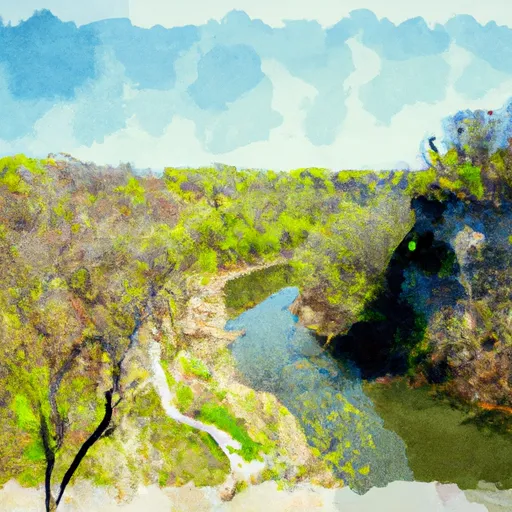°F
°F
mph
Windspeed
%
Humidity











Juda, a small village located in Green County, Wisconsin, experiences a humid continental climate, characterized by four distinct seasons. Summers are warm and humid with temperatures averaging around 80°F (27°C), while winters are cold and snowy, with temperatures around 20°F (-7°C). Spring and fall bring mild temperatures and colorful foliage.
Hydrologically, Juda is part of the Sugar River watershed, with several small creeks and streams flowing through the area. The Sugar River itself offers opportunities for fishing, canoeing, and kayaking, as well as scenic trails for hiking and biking along its banks. The nearby Decatur Lake provides additional recreational activities such as boating and swimming.
Outdoor enthusiasts will find various opportunities in Juda and its surrounding areas. The Juda Marsh Wildlife Area offers over 6,000 acres of wetlands, providing excellent birdwatching and hunting opportunities. Additionally, nearby parks and forests, such as the New Glarus Woods State Park and Yellowstone Lake State Park, offer trails for hiking, camping, and picnicking. Overall, Juda, Wisconsin, presents a charming rural setting, with its climate, hydrology, and outdoor recreation options appealing to nature lovers.
Weather Forecast
Juda receives approximately 919mm of rain per year, with humidity levels near 83% and air temperatures averaging around 8°C. Juda has a plant hardyness factor of 5, meaning plants and agriculture in this region thrive during a short period during spring and early summer. Most plants will die off during the colder winter months.
Regional Streamflow Levels
160
Cubic Feet Per Second
101
Cubic Feet Per Second
67
Cubic Feet Per Second
4,700
Cubic Feet Per Second
Nearby Camping
| Camping Area | Reservations | Toilets | Showers |
|---|---|---|---|
| Shockaloe Base Camp I | |||
| Lake Mike Conner | |||
| Buccaneer State Park | |||
| Little Black Creek Waterpark | |||
| Roosevelt State Park | |||
| Lake Ross Barnett |



